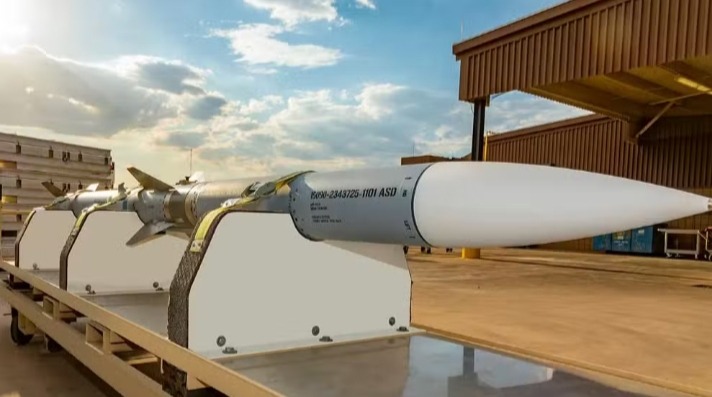US Approves Sale of Advanced Air-to-Air Missiles to Pakistan
The US has approved Pakistan’s inclusion in a $2.5 billion deal for advanced AMRAAM air-to-air missiles, boosting PAF’s defense strength.
By Ubaid Uallah
10/8/20251 min read


🇵🇰 US Approves Sale of Advanced Air-to-Air Missiles to Pakistan
The United States has approved the sale of its Advanced Medium-Range Air-to-Air Missiles (AMRAAMs) to Pakistan, marking a major upgrade for the Pakistan Air Force (PAF).
This decision comes after a modification in Raytheon’s existing $2.5 billion contract with the US Air Force, which now includes Pakistan among the missile buyers.
---
💥 Part of a Global $2.5 Billion Defense Deal
According to a US Department of Defense press release issued on September 30, the total contract value has increased from $2.47 billion to $2.5 billion.
Over 30 countries, including the United Kingdom, Germany, Japan, Australia, Saudi Arabia, and now Pakistan, are part of this global defense deal.
The production of these missiles will take place in Tucson, Arizona, and is expected to be completed by May 2030.
---
✈️ Pakistan’s Previous Purchase
Pakistan had earlier purchased 700 AMRAAM missiles in 2007, which was then the largest international order for this advanced weapon.
The newly approved variants — C8 and D3 — are upgraded versions designed for F-16 fighter jets operated by the Pakistan Air Force.
---
🚀 Features of the AMRAAM Missiles
The C8 and D3 AMRAAMs are among the world’s most advanced air-to-air missiles.
They come with:
Active radar guidance for high accuracy
Extended range for long-distance targets
“Fire and forget” technology, allowing pilots to engage multiple threats simultaneously
These missiles can operate in all weather conditions and receive in-flight updates for better precision.
---
🛡️ Boost to Pakistan Air Force Capabilities
Experts say the new missiles will significantly boost Pakistan’s aerial defense and combat power.
They will strengthen the deterrence capabilities of the Pakistan Air Force and enhance its ability to engage in beyond-visual-range combat effectively.
This development highlights growing US-Pakistan defense cooperation, even as the global geopolitical environment remains tense.
Insights
Connect
Learn
contact@digitalpakistani.site
+1 908-220-1227
© 2025. All rights reserved.
